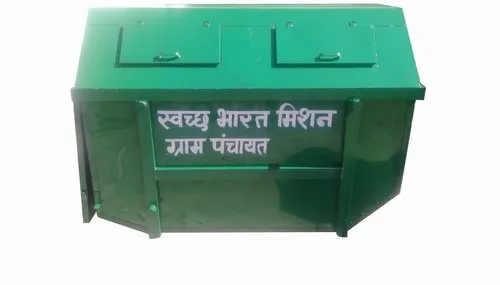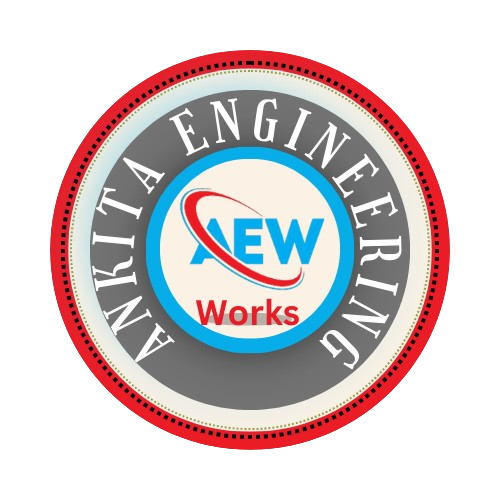
Trash Can Dustbin
Trash Can Dustbin Engineering Works refers to the design, manufacturing, and installation of trash cans or dustbins used for waste disposal in various public, commercial, and residential settings. These dustbins are engineered to meet specific needs based on the location of installation, type of waste being disposed of, and environmental factors. The focus of this engineering work is not just on functionality but also on durability, aesthetics, and ease of maintenance.
Key Aspects of Trash Can Dustbin Engineering Works:
1. Design & Types of Trash Cans:
- Standard Trash Cans: These are the most common types, designed for general waste collection. They come in various shapes (round, square, rectangular) and sizes to cater to different environments such as streets, parks, or residential areas.
- Pedal Trash Cans: These cans are equipped with foot-operated pedals that allow hands-free disposal, making them more hygienic and convenient for areas like kitchens, offices, and hospitals.
- Swing Lid Trash Cans: These dustbins feature a lid that swings open when waste is disposed of and closes automatically, providing a cleaner and more odor-resistant option for public spaces.
- Automatic Trash Cans: High-tech models feature sensors that automatically open the lid when someone is near, eliminating the need to touch the trash can and promoting cleanliness.
- Outdoor Trash Cans: These dustbins are designed to withstand outdoor conditions, typically made of durable materials like stainless steel, galvanized steel, or heavy-duty plastic. They are often weatherproof and resistant to corrosion, UV rays, and harsh environmental conditions.
- Recycling Bins: Specialized bins are designed to segregate waste into categories such as paper, plastic, and organic materials. These bins are typically color-coded or labeled to promote recycling.
- Wall-Mounted Trash Cans: These are mounted on walls or posts to save space, often used in public parks, restrooms, and along streets.
- Compactor Trash Cans: Some trash cans are equipped with a compaction system to reduce the volume of waste, making them ideal for areas with limited space or high waste production.
2. Materials Used in Trash Can Engineering:
- Plastic: Lightweight, cost-effective, and available in various colors and designs, plastic is one of the most commonly used materials. It is also resistant to rust and corrosion, making it suitable for both indoor and outdoor applications.
- Stainless Steel: Known for its durability, rust resistance, and aesthetic appeal, stainless steel is used for more premium trash cans. These are often found in commercial and high-traffic areas like malls, airports, and offices.
- Mild Steel: Steel bins, often coated with powder for protection, are strong and durable. These are commonly used for larger industrial or commercial applications.
- Wooden Panels: Wooden or wood-like materials are sometimes used for trash cans in parks or outdoor public spaces to maintain a natural aesthetic.
- Concrete: Concrete trash cans are very heavy-duty and are often used in high-traffic or industrial locations. These provide superior durability but are less portable.
